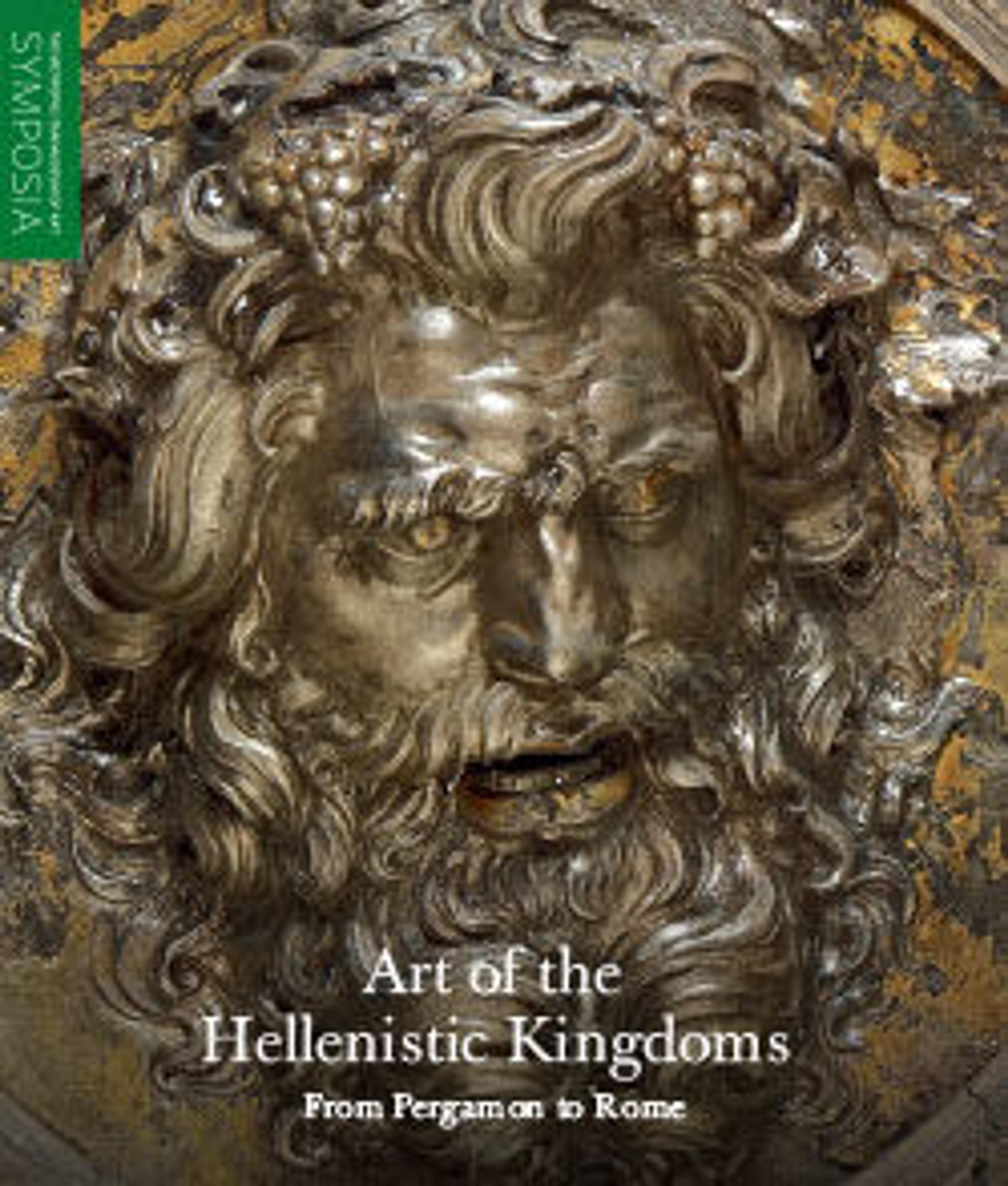Bronze statuette of a rider wearing an elephant skin
As Alexander the Great is represented with a similar elephant skin on coins minted by Ptolemy I of Egypt, this statuette may represent Alexander as ruler of Egypt. This figure has also been identified as Demetrios I of Bactria, who is represented on coins wearing the scalp of an elephant in recognition of his conquests in India. Its monumental quality may signify that it reflects a famous large-scale equestrian statue.
Artwork Details
- Title: Bronze statuette of a rider wearing an elephant skin
- Period: Hellenistic
- Date: 3rd century BCE
- Culture: Greek
- Medium: Bronze
- Dimensions: 9 3/4in. (24.8cm)
- Classification: Bronzes
- Credit Line: Edith Perry Chapman Fund, 1955
- Object Number: 55.11.11
- Curatorial Department: Greek and Roman Art
More Artwork
Research Resources
The Met provides unparalleled resources for research and welcomes an international community of students and scholars. The Met's Open Access API is where creators and researchers can connect to the The Met collection. Open Access data and public domain images are available for unrestricted commercial and noncommercial use without permission or fee.
To request images under copyright and other restrictions, please use this Image Request form.
Feedback
We continue to research and examine historical and cultural context for objects in The Met collection. If you have comments or questions about this object record, please complete and submit this form. The Museum looks forward to receiving your comments.
